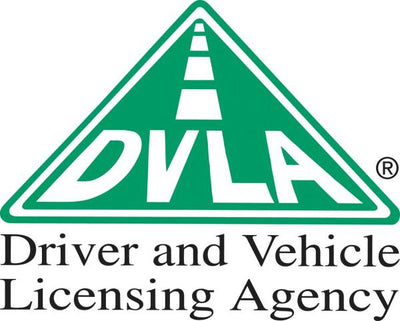
UK Driving License Restriction Codes
Detailed guide for disabled drivers
This comprehensive guide explains each UK driving license restriction code in detail, including what modifications are required, who they apply to, and important safety considerations.
Important Information
These restriction codes are applied by DVLA medical advisers following assessment of your medical condition. They ensure you can drive safely while maintaining your independence. All codes are reviewed periodically, and some may be removed if your condition improves.
Vision and Hearing Restrictions
Eyesight correction
Must wear corrective lenses (glasses or contact lenses) when driving
Hearing aid
Must wear hearing aid when driving
Vehicle Control Modifications
Modified transmission
Limited to vehicles with modified transmission systems
Modified clutch
Limited to vehicles with modified clutch systems
Modified braking systems
Limited to vehicles with modified braking systems
Modified accelerator systems
Limited to vehicles with modified accelerator systems
Advanced Vehicle Modifications
Combined braking and accelerator systems
Limited to vehicles with modified combined braking and accelerator systems
Modified control layouts
Limited to vehicles with modified control layouts
Modified steering
Limited to vehicles with modified steering systems
Comfort and Visibility Modifications
Modified rear view mirrors
Limited to vehicles with modified rear view mirrors
Modified driving seat
Limited to vehicles with modified driving seats
Motorcycle and Specialist Vehicle Restrictions
Motorcycle modifications
Limited to motorcycles with specific modifications
Motorcycle with sidecar only
Limited to motorcycles with sidecars only
Tricycles only
Limited to tricycles only
Articulated vehicles only
Limited to articulated vehicles only
Getting Your License Assessed
If you have a medical condition that may affect your driving, you must inform DVLA. They will arrange for a medical assessment and, if necessary, a practical driving assessment. This process ensures you receive the appropriate restriction codes to drive safely and legally.
Many restrictions can be removed if your condition improves or if you adapt well to modifications. Regular reviews ensure your license reflects your current capabilities.